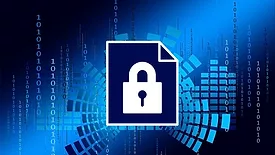Home » Keywords: » auditing
Items Tagged with 'auditing'
ARTICLES
Profile in Excellence
Akshay Sekar Chandrasekaran, Senior Technical Engineer at Intuit, works to quickly mitigate and prevent future cyberattacks.
Read More
Sign-up to receive top management & result-driven techniques in the industry.
Join over 20,000+ industry leaders who receive our premium content.
SIGN UP TODAY!Copyright ©2025. All Rights Reserved BNP Media.
Design, CMS, Hosting & Web Development :: ePublishing





.webp?height=168&t=1705954678&width=275)






